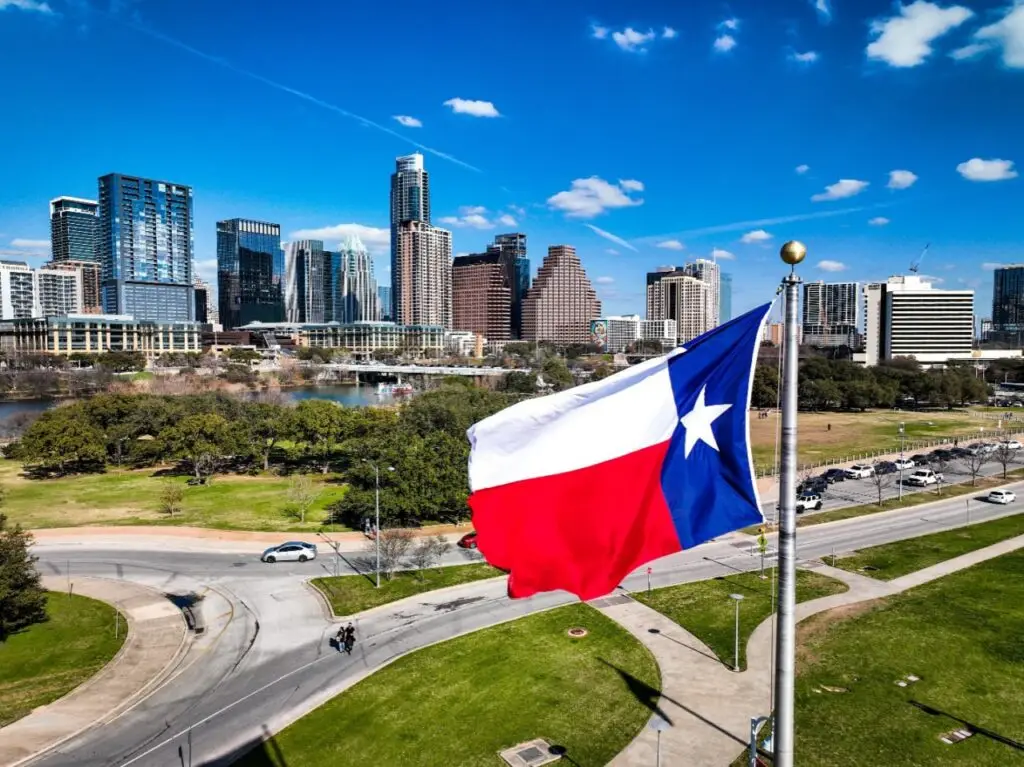
A city can look perfect on paper. It might have an affordable cost of living, great job opportunities, and exciting attractions. But living there is a completely different experience. The climate, lifestyle, and everyday conveniences—or lack thereof—can greatly impact your quality of life.
This is especially true when moving to a different state. For example, Texas is known for its low cost of living, but almost every city experiences hot and humid summers. If you’re not prepared, daily life can quickly become uncomfortable. That’s why spending time in a city before making the big move is crucial. A short visit allows you to get a feel for the environment, explore neighborhoods, and decide if it truly aligns with your needs.
To help you make an informed decision, here are seven essential tips to explore a city before moving in.
1. Book a Short-Term Stay in a Comfortable Rental
Instead of staying in a hotel, book a vacation rental that allows you to live more like a local. A comfortable space with a kitchen and proper amenities will help you understand what it’s like to live in the city. Short-term rentals offer more flexibility, allowing you to test out different neighborhoods without committing to a long lease.
If you’re visiting a place with extreme weather conditions, choosing the right rental is even more important. In Texas, for example, summers can be brutally hot. Having air conditioning, outdoor seating, and a well-equipped home makes a huge difference. Firefly Resort offers stylish tiny homes for rent in Texas that provide a perfect way to experience the area without the hassle of long-term renting. These rentals give you the opportunity to live comfortably while exploring the city at your own pace.
2. Walk and Drive Around Different Neighborhoods
A neighborhood might look great on a map, but nothing replaces experiencing it in person. Walk and drive through different parts of the city at various times of the day. What might seem like a quiet area in the morning could be bustling with noise at night. Pay attention to traffic patterns, street conditions, and overall safety.
If possible, visit during rush hour to get a real sense of how busy the streets get. Try to observe how well-maintained the area is, whether there are parks or green spaces, and how accessible stores and restaurants are. Some neighborhoods may feel vibrant and welcoming, while others might not align with what you’re looking for. The only way to truly know is by exploring them firsthand.


3. Experience the Local Commute
A long, stressful commute can have a huge impact on your daily life. If you’ll be working or studying in the city, test out your regular commute before moving. Drive the route during peak hours to see how bad traffic gets. If public transportation is an option, take the bus, train, or subway and observe how efficient and reliable the system is.
Many cities look appealing until you realize how much time you’ll spend getting from one place to another. Some areas might have affordable housing but require long, inconvenient commutes. Others may have excellent public transit, but parking could be a nightmare. Testing out your daily travel routine in advance will help you avoid unexpected frustrations.
4. Try Grocery Shopping and Running Errands
Daily errands are a big part of life, and they can be surprisingly different from one city to another. Visit local grocery stores, pharmacies, and other essential shops to see how convenient they are. Take note of prices, product availability, and customer service. Are there multiple options, or do you have to travel far for basic necessities?
If you prefer fresh, local produce, check out nearby farmers’ markets or specialty stores. If you rely on certain brands or dietary products, see if they are readily available. Little details like this can make a big difference in your everyday comfort.


5. Explore Dining, Cafés, and Entertainment Options
Food and entertainment are essential parts of daily life. Even if a city has great restaurants, they might not match your preferences or budget. Visit different neighborhoods to check out cafés, local restaurants, and entertainment venues. Whether you love live music, independent coffee shops, or fine dining, see if the city offers experiences that align with your lifestyle.
If possible, visit a mix of well-known spots and hidden gems. Tourist areas often have different atmospheres compared to local neighborhoods. This will give you a clearer picture of the social scene and whether it feels right for you.
6. Test Out Healthcare and Emergency Services
Healthcare access is something many people overlook when moving, but it’s crucial to consider. Visit local hospitals, urgent care centers, and pharmacies to see how accessible and reliable healthcare is in the city. If you have specific medical needs, check if there are specialists or medical facilities that can accommodate them.
It’s also important to see how long it takes to get to the nearest hospital or emergency room from the neighborhood you’re considering. In some cities, healthcare facilities are easily accessible, while in others, you might have to travel long distances for even basic medical care.
In addition to hospitals, check out other wellness services like dentists and physical therapy centers.
7. Research Job and Business Opportunities
If you’re moving for work, it would be wise to explore the local job market in person. While job listings online can give you an idea of opportunities, visiting a city will help you better understand the actual work culture.
Attend networking events, check out coworking spaces, and talk to people in your industry to get a feel for the professional environment. If you’re self-employed or run a business, look into business regulations, tax structures, and resources available for entrepreneurs.
It’s also a good idea to explore the main employment hubs of the city. Are businesses concentrated in one area, or are jobs spread out across different neighborhoods? What’s the demand for your skill set, and are there local companies that align with your career goals? These factors can help you determine whether the city is a good fit for your professional future.
Exploring a city before moving is one of the smartest decisions you can make. Making an informed decision now can save you from regrets later. Before committing to a move, take the time to immerse yourself in the city, observe how it functions, and see if it aligns with your lifestyle. The effort you put in now will ensure that your next home is one where you’ll truly be happy.
- 250shares
- Facebook0
- Pinterest250
- Twitter0
- Reddit0













